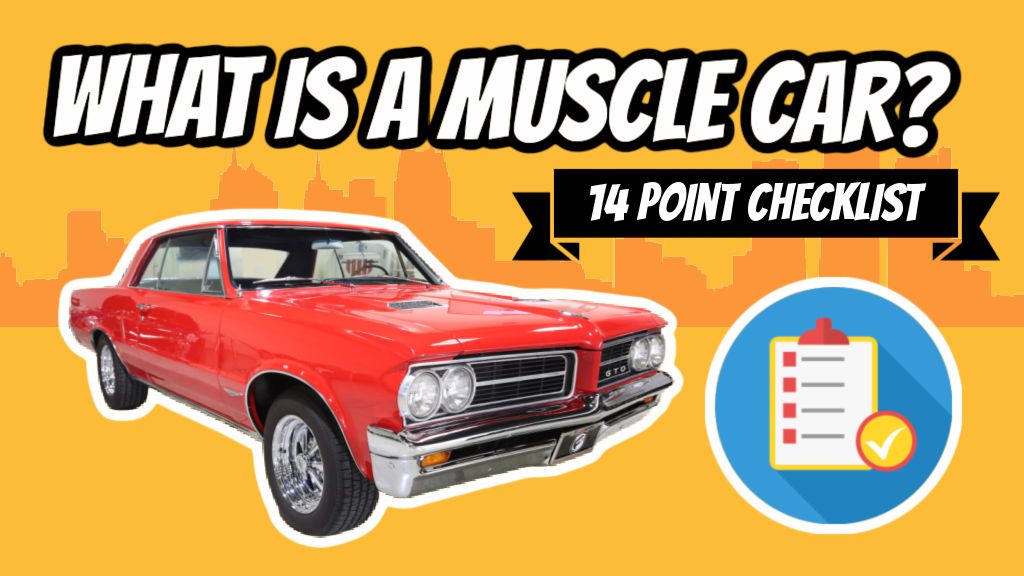
Finding a clear muscle car definition that answers the question “What is a Muscle Car?” these days can be challenging.
However, this article will clarify what qualifies as a muscle car using our proprietary 14-point checklist. This list can help you validate whether or not a vehicle qualifies as a true muscle car.
I’ll also provide five examples from Dodge, Plymouth, Chevrolet, Ford, and Pontiac that embody the definition of a muscle car so you can see some prime specimens.
Table of Contents
Muscle Car Definition Highlights
| Straight-Line Performance: | Muscle cars are purpose-built for impressive straight-line performance, making them the ultimate machines for thrilling acceleration and high speeds. |
| American Origin: | These iconic vehicles originated in America during the mid to late 60s and early 70s, capturing the essence of American automotive innovation and style. |
| Targeted at Young Buyers: | Muscle cars were specifically designed and marketed to appeal to young, performance-oriented drivers seeking a fast and exciting driving experience. |
| Intermediate Body Style: | Built on an intermediate body style, muscle cars typically feature two doors and front and rear seats, offering a sporty yet practical design. |
| High-Performance V8 Engines: | Muscle cars have powerful, high-performance V8 engines, delivering remarkable horsepower and torque that truly showcase their “muscle.” |
| Rear-Wheel Drive and Dual Exhaust: | These vehicles come with rear-wheel drive, providing excellent traction and handling and a dual exhaust system enhancing performance. |
| Affordable Price Range: | With sticker prices hovering around $3,000-$4,000 (USD) during their heyday, muscle cars offered an accessible option for those craving power and performance without a hefty price tag. |
| Strong and Powerful Image: | The term “muscle car” perfectly encapsulates the strength, power, and performance that these vehicles are known for, making them a beloved part of automotive history. |
Let’s start with our definitive muscle car definition, shall we?
Muscle Car Definition
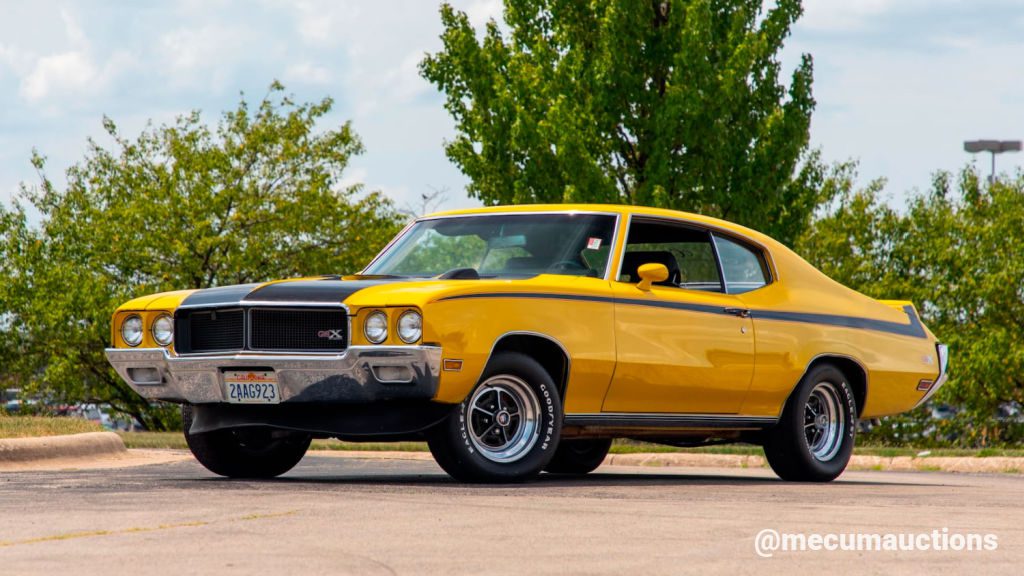
What is the definition of a muscle car?
The definition of a muscle car is a vehicle originating in America that was targeted at young buyers and purpose-built for straight-line performance.
Muscle cars were built on an intermediate body style in the mid to late 60s and early 70s and are either an option package or a specific model with two doors and front and rear seats.
They feature a high-performance built V-8 engine, automatic or manual transmission, rear-wheel drive (where both wheels spin), a 4v carburetor (or higher), dual exhaust, and a sticker price hovering around $3,000-$4,000 (USD).
Muscle cars are called muscle cars because they were designed and built with powerful engines that produced high horsepower and torque, which were capable of producing a lot of “muscle” or power.
Additionally, muscle cars were marketed to appeal to young, performance-oriented drivers who were looking for a fast and exciting driving experience, adding to the idea of strength and power that the term “muscle” conveys.
Muscle Car Checklist
Our muscle car definition combines 14 characteristics, including origin, pricing, target market, drivetrain, class of vehicle, body style, the purpose of the vehicle, passenger capacity, and performance options.
| Characteristic | Present |
|---|---|
| Two Doors | ✅ |
| Intermediate Body Style | ✅ |
| Built for Straight-Line Performance | ✅ |
| High-Performance V-8 | ✅ |
| 4v, 6v, or 8v Carburetor | ✅ |
| Dual Exhaust | ✅ |
| Manual or Automatic Transmission | ✅ |
| Rear Wheel Drive | ✅ |
| Originated in the USA | ✅ |
| Front and Rear Seats | ✅ |
| Affordable Cost ($3,000-$4,000) | ✅ |
| Muscle Car Option Package or Model | ✅ |
| Aimed at Young Buyers | ✅ |
| Limited Slip / Positraction | ✅ |
Examples of Muscle Cars
Now that you know what a muscle car is, here are five muscle cars that fit the 14 characteristics outlined above—including several of the fastest and most powerful muscle cars ever produced.
1964 Pontiac GTO
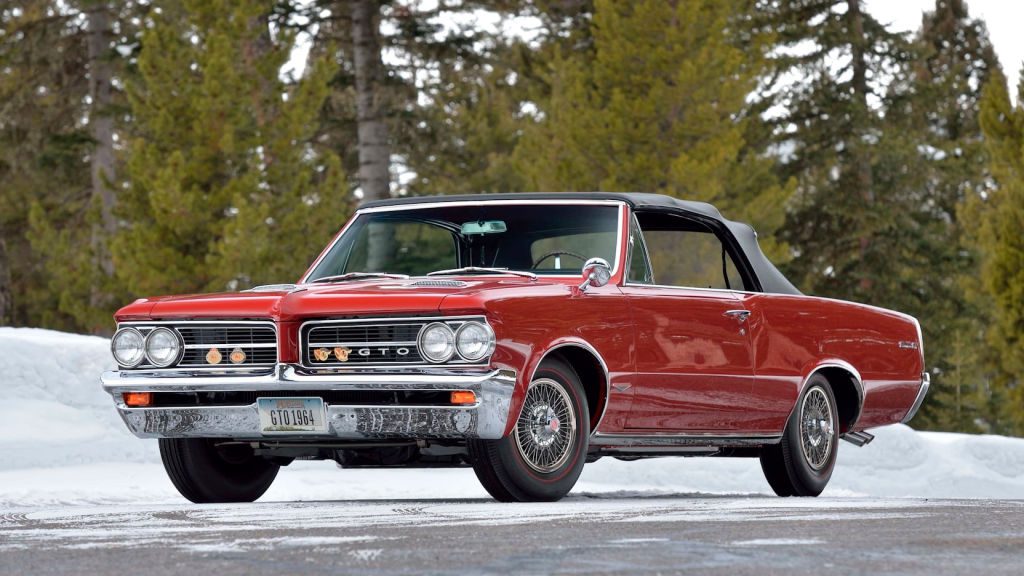
Many car enthusiasts consider the 1964 Pontiac GTO the first true American muscle car. It was based on the Pontiac Tempest but with a larger 389 cubic inch V8 engine borrowed from the full-size Pontiac Bonneville. This engine was available in two different versions: a four-barrel carbureted model with 325 horsepower and a Tri-Power model with three two-barrel carburetors with 348 horsepower.
1969 Plymouth Road Runner
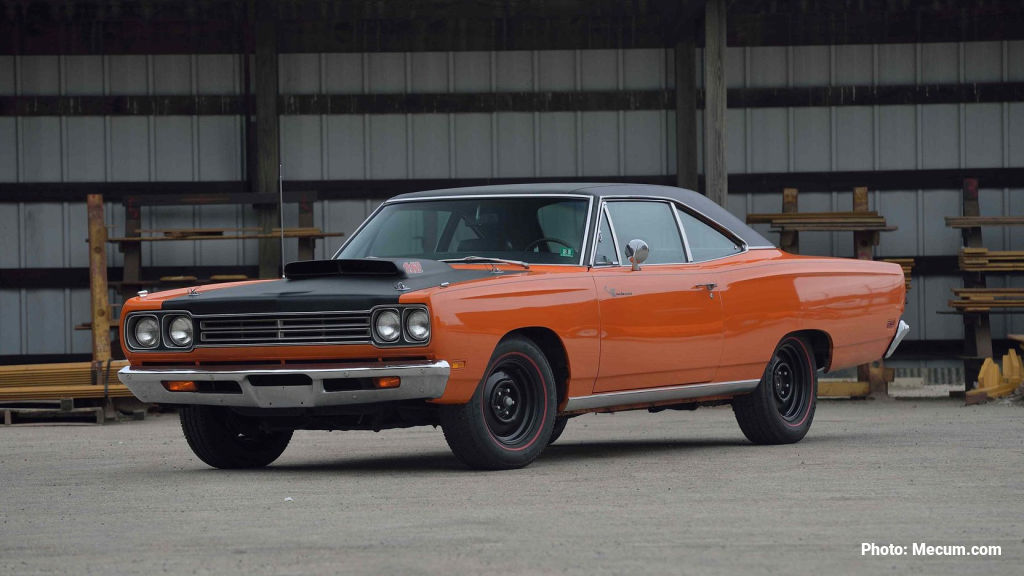
The 1969 Plymouth Road Runner is one of the most iconic muscle cars ever. It was designed as a stripped-down, no-frills, affordable, and incredibly fast-performance machine. The base engine for the Road Runner was a 383 cubic inch V8 that produced 335 horsepower, but buyers could also choose from a range of more powerful engines. These included a 440 cubic inch V8 that produced 375 horsepower and a 426 cubic inch Hemi V8 that produced a staggering 425 horsepower.
1970 Chevelle SS
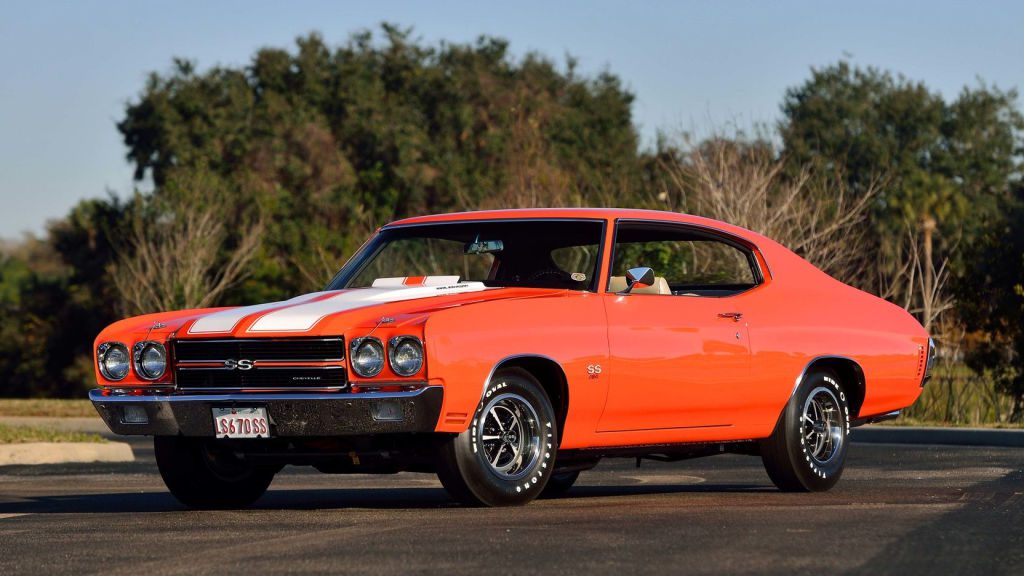
Many car enthusiasts consider the 1970 Chevrolet Chevelle SS the best muscle car. It was available with a range of powerful engines, including a 396 cubic inch V8 that produced 350 or 375 horsepower, a 454 cubic inch V8 that produced 360 or 450 horsepower, and a rare LS6 454 cubic inch V8 that produced a staggering 450 horsepower. The LS6 engine was the most powerful engine ever offered in a Chevelle and is highly coveted by collectors today. The 1970 Chevelle SS is considered by many to be the pinnacle of muscle car design and performance.
1969 Dodge Charger R/T
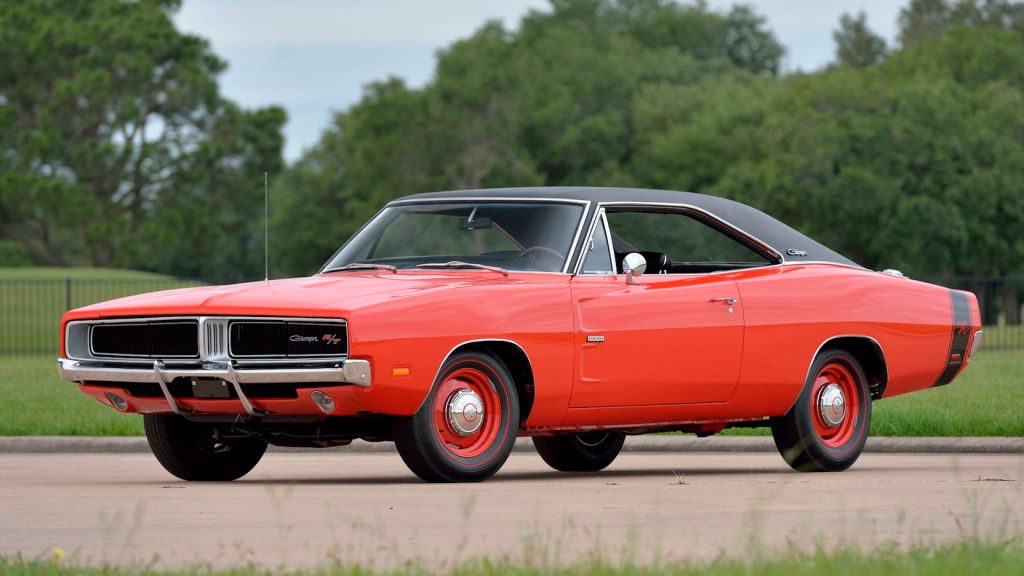
The 1969 Dodge Charger R/T is one of the most iconic muscle cars ever. It was available with a range of powerful engines, including a 440 cubic inch V8 that produced 375 horsepower and a rare 426 Hemi V8 that produced a staggering 425 horsepower. The R/T (Road/Track) package also included upgraded suspension, brakes, and tires, making it a true performance machine. The 1969 Charger R/T also featured a distinctive “Coke bottle” styling emphasizing its muscular proportions, and its aggressive front grille and hidden headlamps became iconic design elements.
1971 Ford Torino Cobra
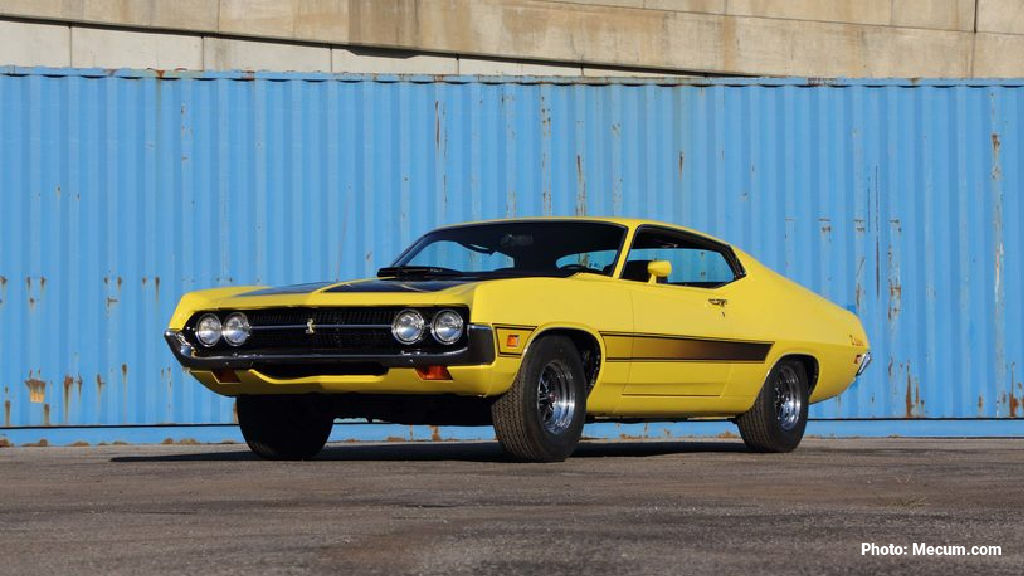
The 1971 Ford Torino Cobra is a classic American muscle car known for its powerful engines and impressive performance. The base engine for the Torino Cobra was a 351 cubic inch V8 that produced 285 horsepower, but buyers could also choose from a range of more powerful engines. These included a 429 cubic inch V8 that produced 370 horsepower and a rare 429 cubic inch Super Cobra Jet V8 that produced 375 horsepower. The 1971 Torino Cobra also featured a distinctive “sportsroof” design with a fastback-style roofline emphasizing its performance-oriented nature.
What is a Muscle Car?
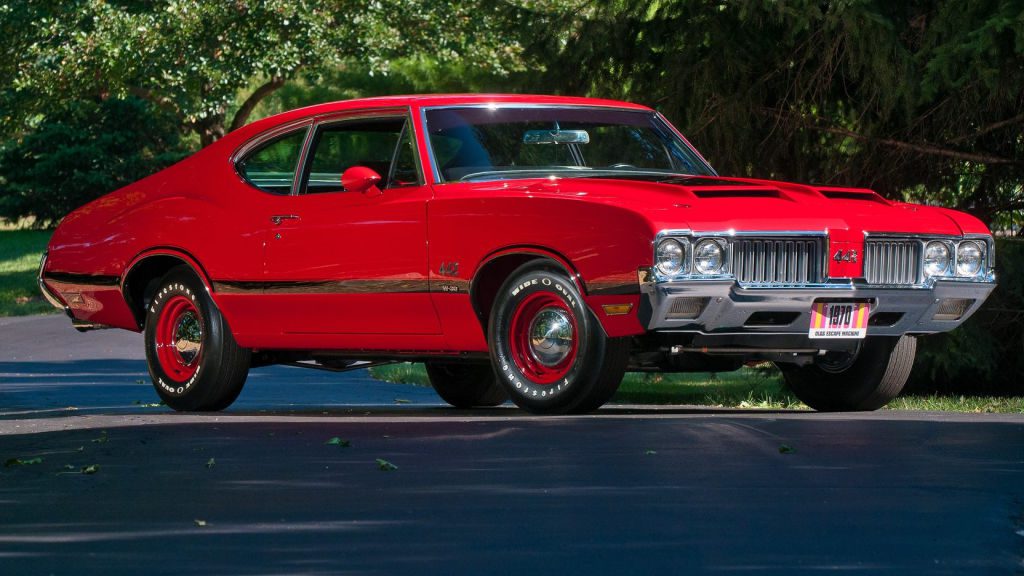
To recap, a muscle car is a high-performance car typically with a large, powerful V8 engine and a lightweight body. Muscle cars are designed to be fast and powerful, emphasizing straight-line acceleration rather than handling or fuel efficiency.
Muscle cars have two-door, rear-wheel drive vehicles with long hoods and short trunks. They often have aggressive styling cues like vibrant paint colors, dual hood scoops, racing stripes, and dual exhausts.
Muscle cars became popular in the United States in the mid-1960s and were produced by American automakers, including American Motors Corporation, Buick, Ford, Chevrolet, Oldsmobile, Mercury, Plymouth, and Dodge.
Conclusion
Muscle cars during the muscle car era were designed to offer a combination of straight-line performance, power, and style.
They feature large, high-performance engines that produce a lot of horsepower and torque, and they often have sporty designs with aggressive styling cues such as hood scoops, racing stripes, and chrome accents.
While muscle cars were originally intended for drag racing and other high-speed driving, they also became popular with consumers who simply wanted stylish and powerful cars that they could drive on the street.
Well, there you have our definitive definition of a muscle car that answers the question, “what is a muscle car?”. Be sure to subscribe to see more content like this!
Ryan
Ryan has owned muscle cars since 1986 and currently owns a 1972 Dodge Charger Rallye. He combines passion and experience to create engaging content for fellow muscle car enthusiasts. In 2018, he founded Muscle Cars Illustrated, authoring hundreds of articles on tips, history, and trends in the muscle car industry. He attends national car shows, auctions, and museums to stay current with the latest developments in the muscle car industry.